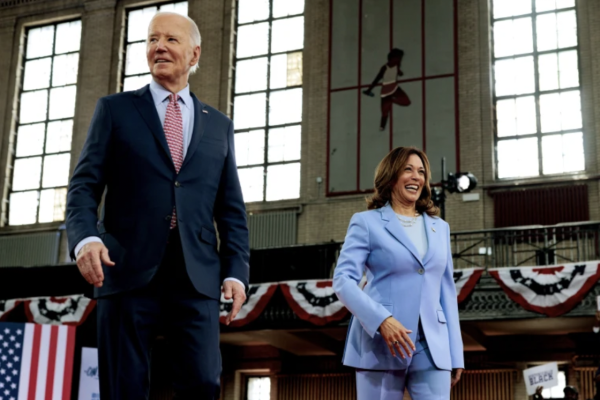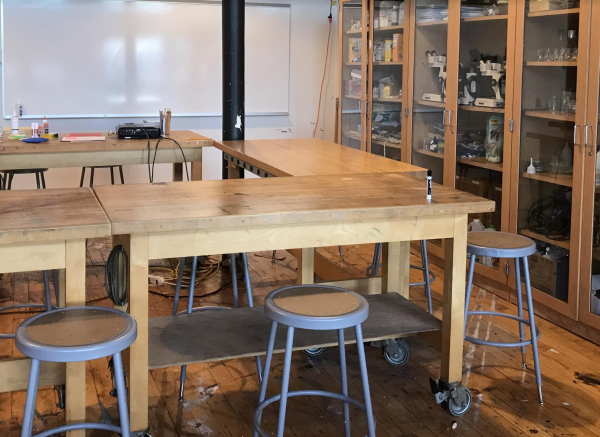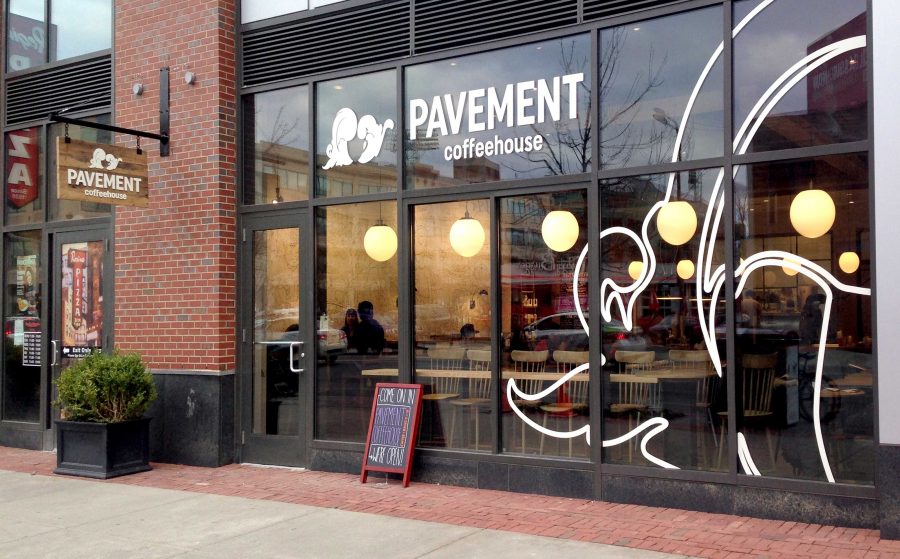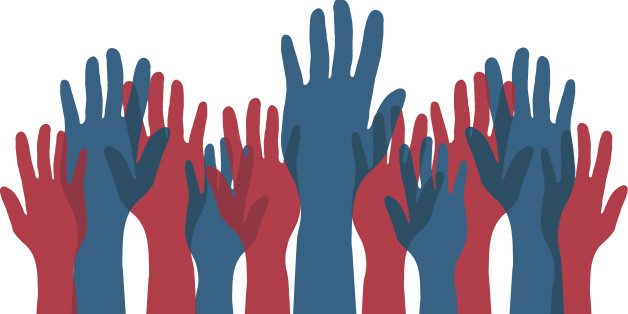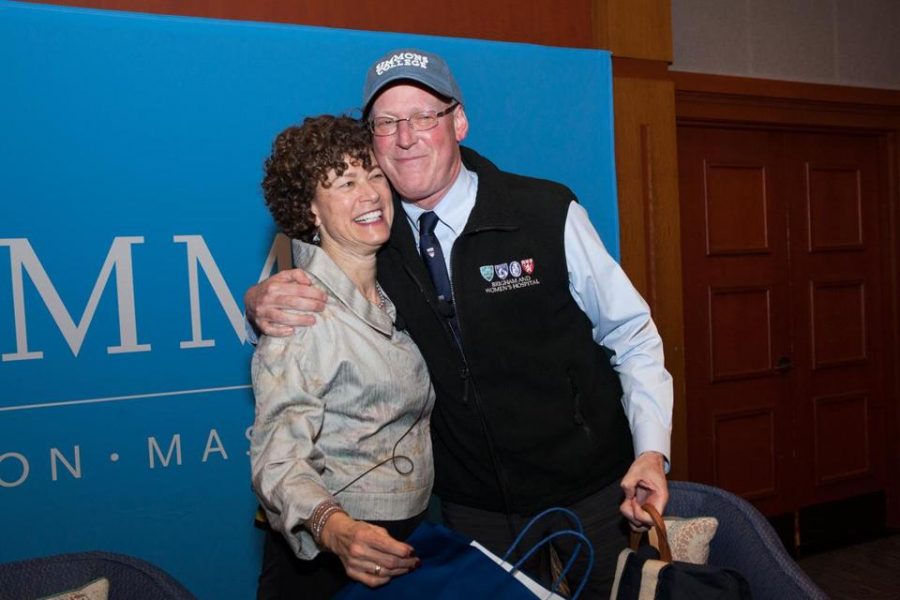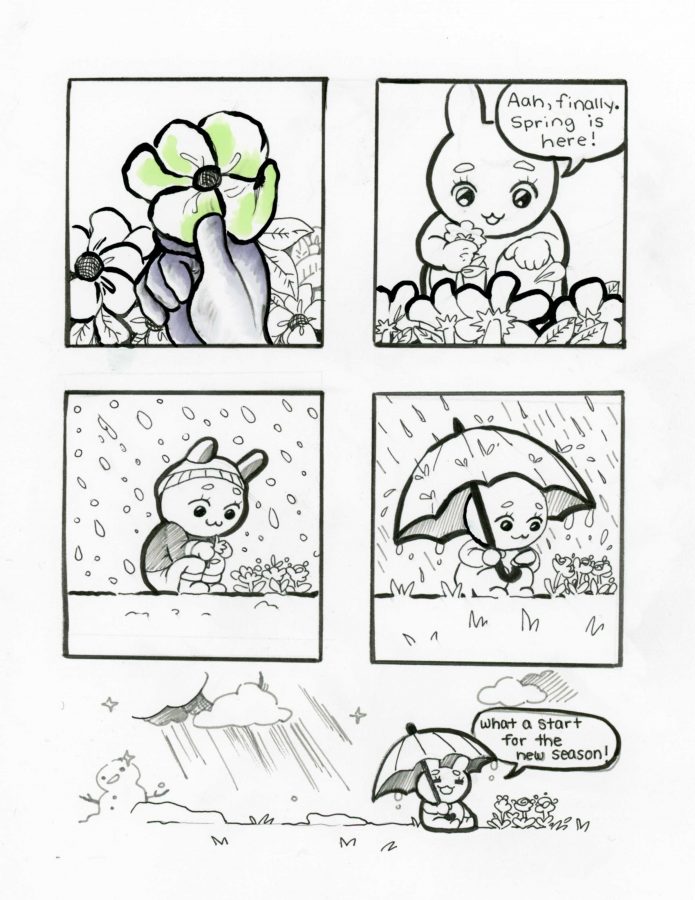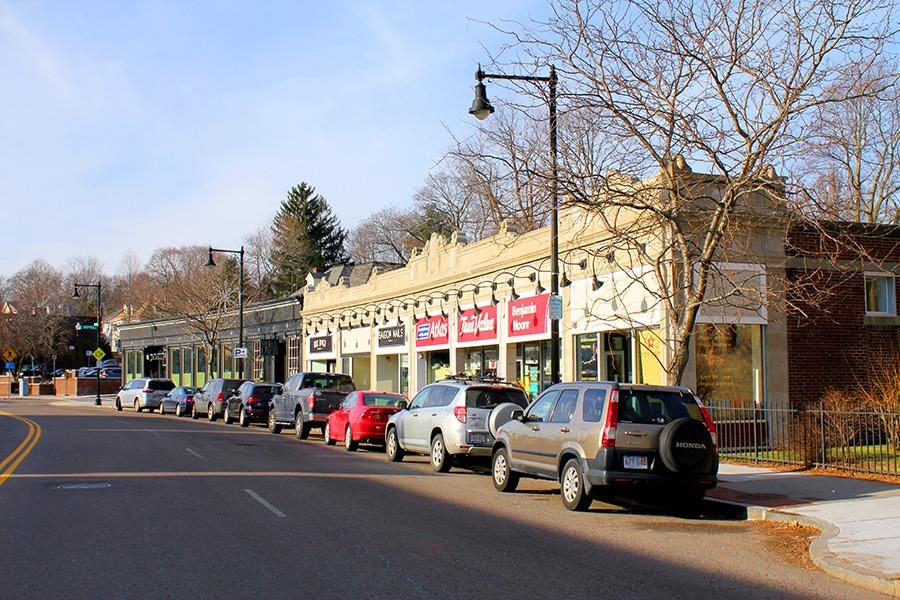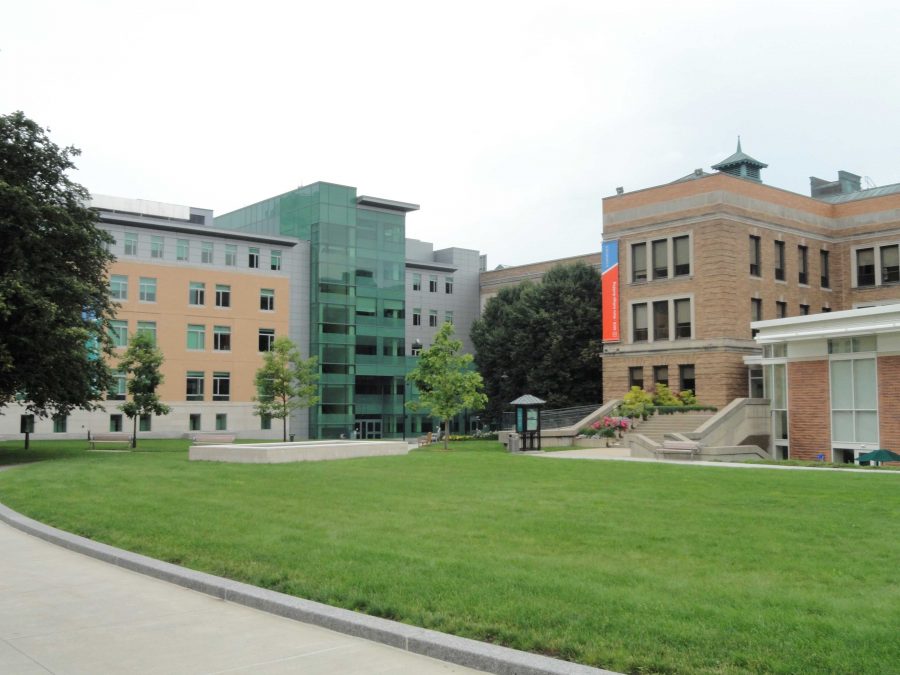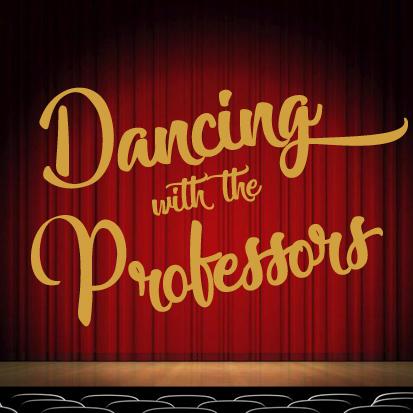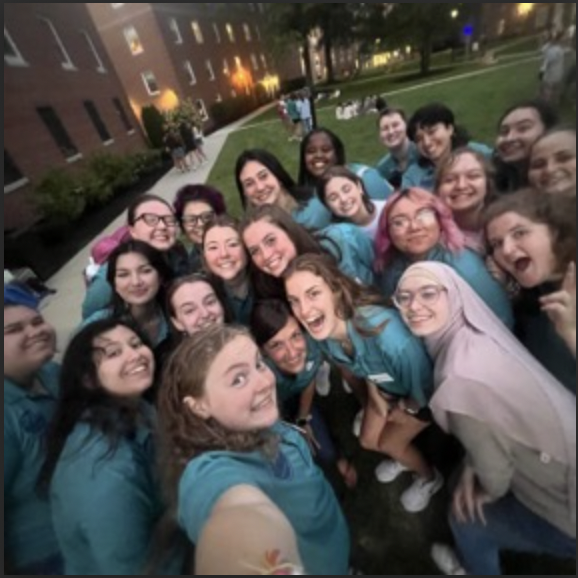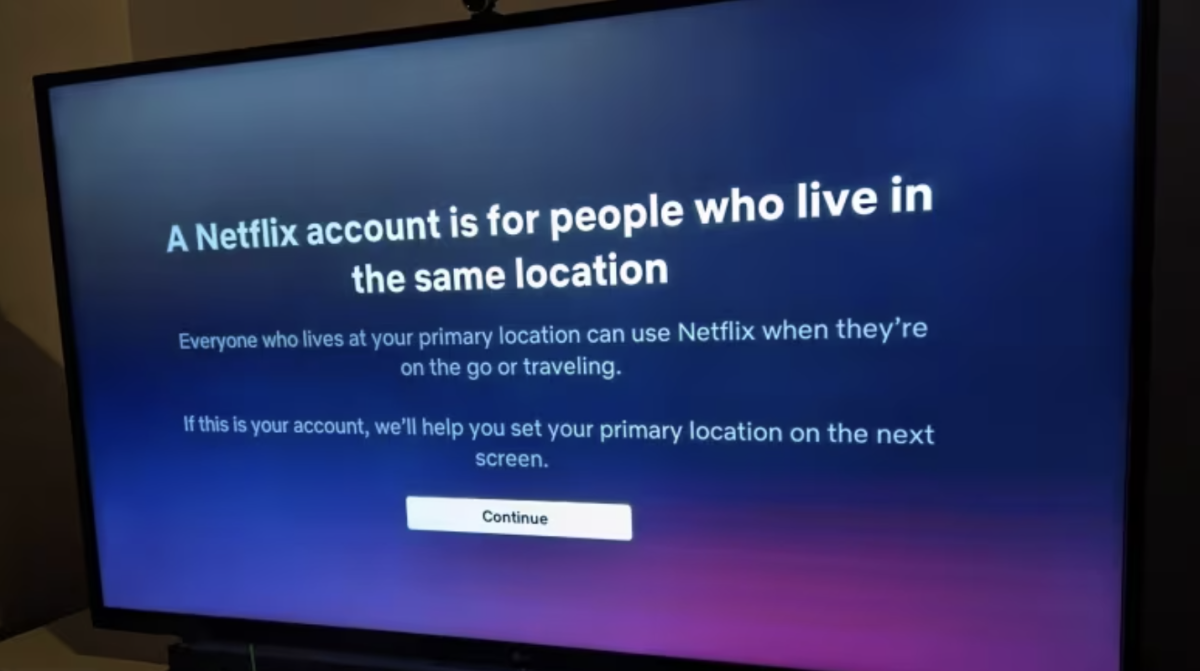It began with a message on social media. There was an image of four young black women with a headline that read “14 Girls Have Gone Missing in DC in the Last 24 Hours.”
The post went viral as did the hashtag #missingdcgirls. People were shocked and upset that this plight had been going on with no coverage from news outlets. They argued that if the women had been white, the 24 hour news cycle would have made the story a number one priority. All of the people who saw this post/heard about it and were troubled by it have every right to share this issue—just not based on this story.
The problem with the social media post about 14 girls disappearing in one day is that it never happened. Police officials told news outlets that the claim is not true. Not only has there not been a single day where 14 disappearance cases have been opened but also, police state that the women are runaways. It is important to note that the original post does imply that these women were kidnapped because it spurred conversations about human trafficking in the D.C. area.
Additionally, the image of the women is not entirely accurate. “New York Daily News” writer Shaun King explained on Twitter how he wrote an article about the lack of real coverage given to black women who go missing. The pictures in the original post came from him. However, he stated that not only were many of the women not from the D.C. area, they had been missing for years. They did not disappear recently.
The story was based on unsubstantiated information but despite being fake, this news did something good. It brought attention to a nationwide problem. People of color just do not receive the same media attention when they go missing that white people receive.
This issue is not new; it has been around for a long time. The Simmons Voice even wrote an editorial in issue 14 about the disparity in news coverage when children of color disappear. However, more people are now aware of the problem thanks to the fake news article. It has opened up a dialogue between people. This significant conversation is finally being held in large forums and has the public’s attention.
People are talking about the problem so the fake news did good right? Kind of. It started the dialogue, but it did so by causing a panic throughout the nation. Theories about human trafficking and prostitution rings were spreading about the D.C. area. Additionally there are a few stories arising about women who are missing that are actually fake as well. These stories are distracting people from real cases and real people.
Fake news stories are notorious for causing trouble. Mostly, the trouble is from the consequences of the articles. For example, during the election there was a fake news story about Hillary Clinton hosting a child trafficking ring under a pizzeria, and someone went to the location with a gun. So while the fake news happened to have beneficial consequences this time, it typically does not.
The takeaways from the D.C. story are these: talk about the issue of representation in the media more, and fact-check your sources. If all sources link back to one outlet that does not even state where the statistics/data came from, take the article with a grain of salt.




